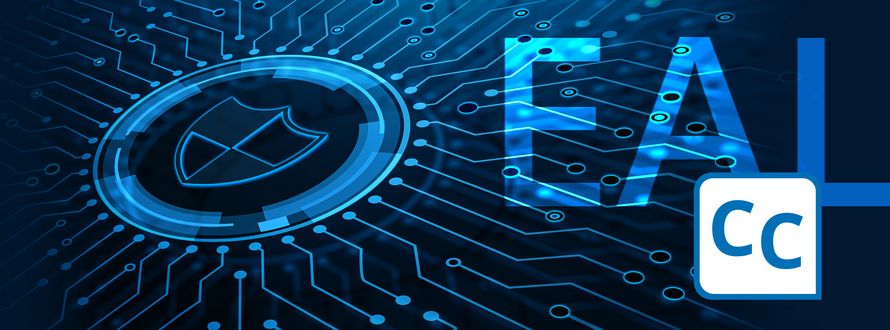The Separation Kernel of PikeOS has now reached EAL 5+ in version 5.1.3. Among other things, this level provides that, in addition to the above-mentioned requirements, modular security feature design (TSF, TOE Security Functions) is added for the first time. The TSFs comprise the hardware, software, firmware (i.e., the hardware abstraction layer, which can be the BIOS or board support packages), which must meet the described requirements (Security Functional Requirements, SFRs). The biggest difference is that the embedded system has not only been methodically tested and checked, but has been developed in a more structured way and is therefore more analyzable, and a semi-formal description exists.
In the case of PikeOS, the plus sign ( + ) indicates that, in addition to all requirements at the EAL 5 level, the optional classes AVA_VAN (Vulnerability Analysis), ADV_IMP (Implementation Representation), ALC_DVS (Development Security), ALC_CMC (CM Capabilities) (among others) have also been achieved at the maximum level EAL 7. In other words, PikeOS has EAL 7 level in some points. Especially for the Vulnerability Analysis class, this is a strong added value for system integrators, because it has been proven that remaining vulnerabilities of the TOE are only exploitable by attackers with the attack potential of (in Common Criteria language) "beyond high". This is the highest possible rating. It is based on a score determined by factors such as the time required for identification and exploitation (Elapsed Time), the technical expertise required, which includes not only certain knowledge but also the number of attackers (Expertise), knowledge of the design and operation of the TOE (Knowledge of TOE), the "window of opportunity", and the equipment required, such as IT hardware/software or other tools required for exploitation (Equipment). EAL 5+ in this case also means that PikeOS reaches the level of the French standard of the national cybersecurity agency ANSSI (Agence Nationale de la Sécurité des Systèmes d'Information) "Qualification renforcée".
Want to learn more about PikeOS and Security? More information at www.sysgo.com/pikeos

